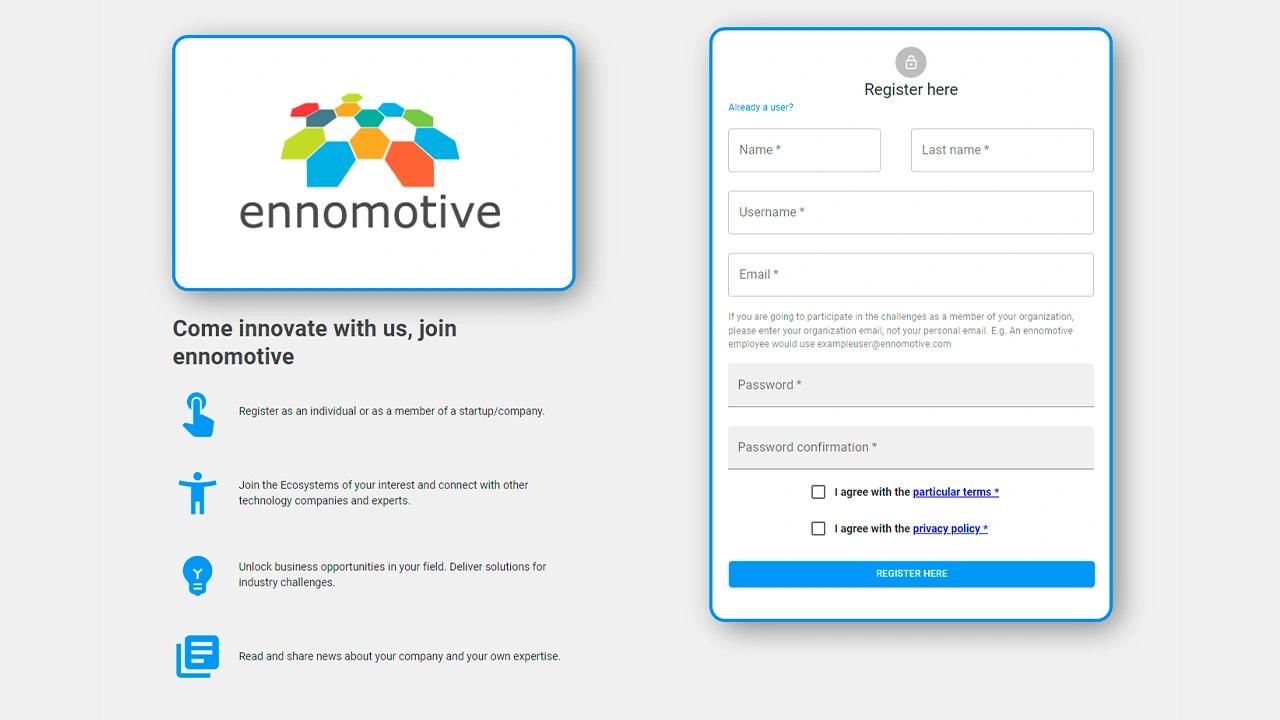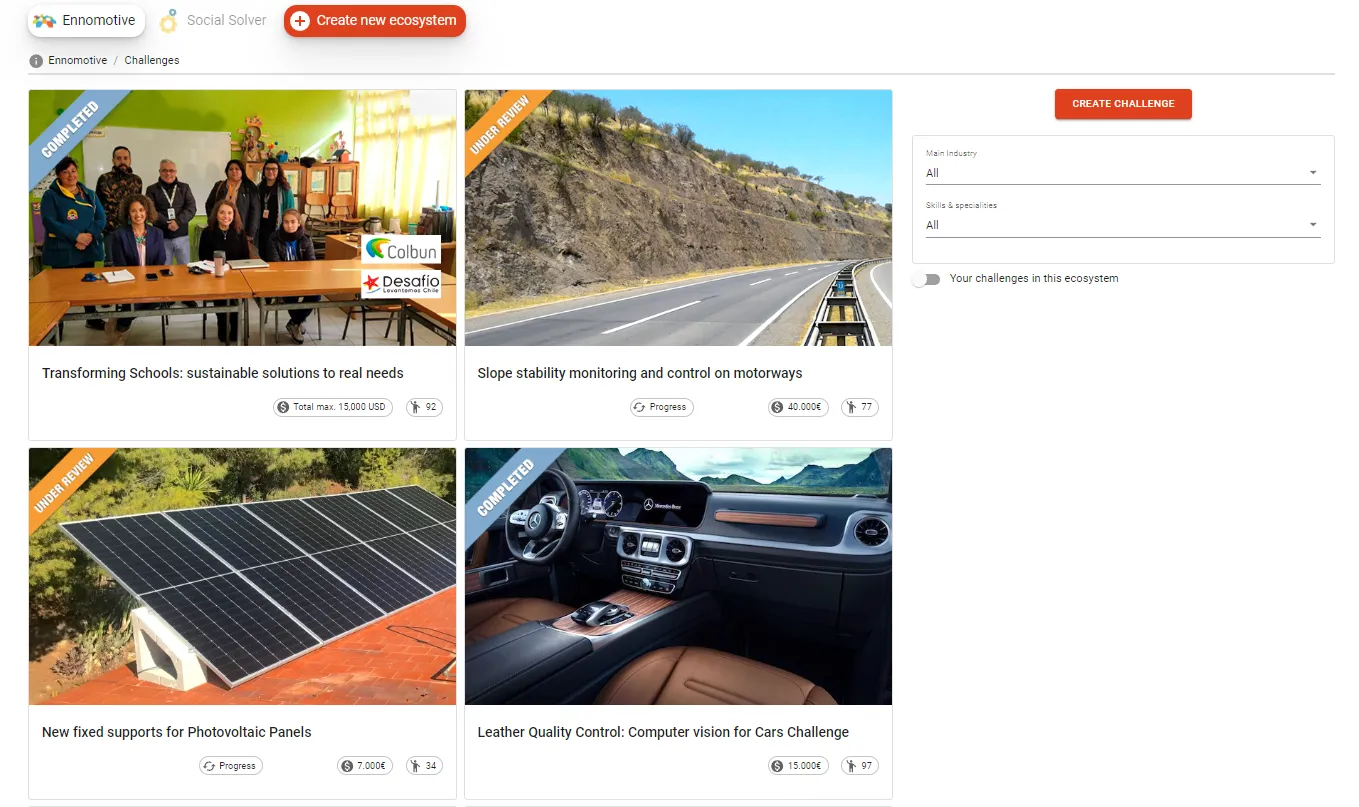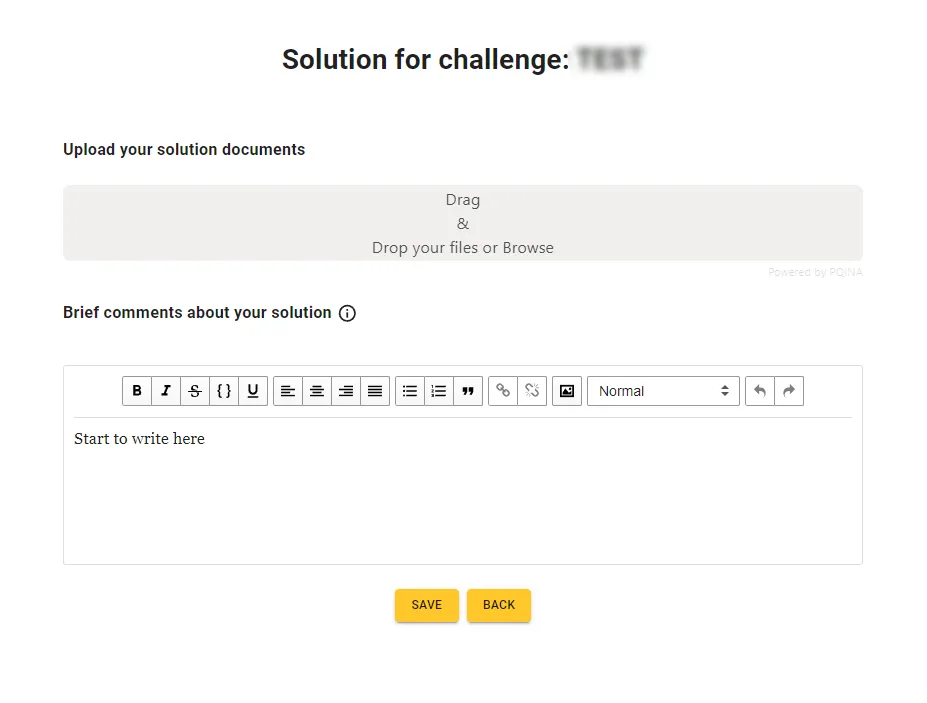Background
Water has been used in industries as solvent, cooling fluid, or for rinsing purposes since the beginning of the industrial processes, due to their physical properties and their availability. One of water’s main applications is cooling fluid. Water is able to cool down equipment and then to cool itself by evaporation of a portion of the water and the release of the latent heat. For the last decades, with the development of an environmental consciousness, the industrial processes are moving towards a more environmentally friendly production which leads to a reduction of natural resources’ consumption.
The challenge
The inlet water came from a river. This water is treated by coagulation, flocculation, settling and sand filtration before enters in the circuits. After the treatment, the pH is 7.9, the electrical conductivity is 400 µS/cm and total hardness is 56 mg/L CaCO3. This treatment cost is very low, it is not necessary to consider.
The water is recycled inside of the process several times. Water cools down equipment and increases its temperature. Then, this water need to be cool down again to be reused. Water cooling is done by the release of latent heat due to the evaporation of a small fraction of water.
The cooling part takes place in a cooling tower system where the water is in contact with air. Humidity air rises and air maintains the temperature, and the liquid water decreases its temperature, because latent heat is consumed from the water.
For example, for a cooling tower that recirculated 800 m3/h of water, the inlet temperature is 42ºC and the outlet temperature is 35ºC with 1% evaporation loss. Because evaporation consists of pure water, the concentration of dissolved minerals and other solids in circulating water will increase. The maximum values of dissolved matter are 850 µS/cm and 80 mg/L CaCO3 of total hardness.
Attached you can find a diagram process.
This cooling circuit is a non contact one, where the water cool down equipments through a heat exchanger and return to the cooling tower.
The cooling tower is of induce draught. The thermal power dissipate by the cooling tower is 3500 kW. The cooling tower has a square structure of 3 m length.
In order to reduce the consumed water, we are interested in techniques that allow the steam recovery for the plume in the cooling towers, or/and that allow to cool the water down using other techniques.
In the industrial site, there is a deposit of 25m3 for the make-up water that is at 800m from the cooling tower and another one for the blowdown. The distance from the cooling tower to the deposit is 800m. However, the water quality of both deposits is different.
The process works 24/7. The total days of work per year are 330 days. The total operational cost per year, taking power cost, chemical cost and maintenance into account, is 30 k€. The electricity cost is 0.08 €/kWh.
What the client is looking for
The company wants to find a way to recover the water from the cooling tower at a reasonable cost in order to reduce the water consumption. The minimal investment is required (recovery period of around 5 years). A 50% water recovery from the make-up is required.
The technical solution proposed will be evaluated in terms of water price. A sensitive analysis will be needed. A reasonable maximum water prize is 2 €/m3.
Climate conditions
The climate conditions of the area are seen in the attached file. The average high temperature is around 25ºC. Temperature is pretty constant all year long. The lowest goes around 15ºC, and it decreases for only a few months.
Regarding precipitation levels, there are some periods where the precipitations are lower than 50 mm.
The average humidity is around 70%. Dew temperature is always lower than 20ºC, being 10ºC the lowest in August.
Evaluation Criteria
- Business case (cost to recover water)
- Investment required (maximum 5 years recovery)
- 50% water recovery at least.
This is a 3-rounds tournament with the following submissions:
First round
A 2 pages MS Word document including:
- Brief description of the proposed process.
- Types of equipment that will be used.
- High level business case (investment cost and recovered water cost/m3)
In addition you can add attached document to support your solution
Second round
- Detailed process and costs
- Commercial equipment
- Detailed business case (project implementation, investment cost and recovered water cost/m3)
If required, additional information will be provided during the course of this round.
Third round
- Proposed implementation project
- Proposed implementation quotation
Timeline
This is a 3 round tournament:
1st round – 6 weeks+ 2 weeks for evaluation
2nd round – 4 weeks + 2 weeks for evaluation
3rd round – 2 weeks + 1 week for evaluation



